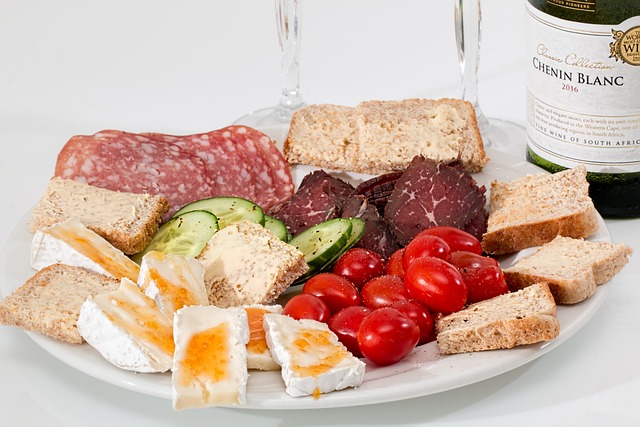Protein is an essential nutrient that helps your body function at its best. It’s involved in building and repairing tissues, making hormones and enzymes, and supporting overall health. If you want to boost your protein intake, whether for muscle building, weight management, or general wellness, knowing which foods are high in protein can help. This guide highlights top high-protein foods and offers tips on how to add them to your diet.
Why Protein Matters
Protein is made up of amino acids, which are crucial for many bodily functions. Out of 20 amino acids, nine are essential because your body can’t produce them on its own. You need to get these essential amino acids from your diet.
Here’s why protein is so important:
- Building and Repairing Tissues: Protein helps your body build and repair muscles, skin, and organs.
- Making Enzymes and Hormones: Many enzymes and hormones are proteins, like insulin, which helps control blood sugar levels.
- Supporting Immune Health: Proteins help create antibodies to fight off infections.
- Maintaining Fluid Balance: Proteins help regulate the balance of fluids in and out of your cells.
Top High-Protein Foods
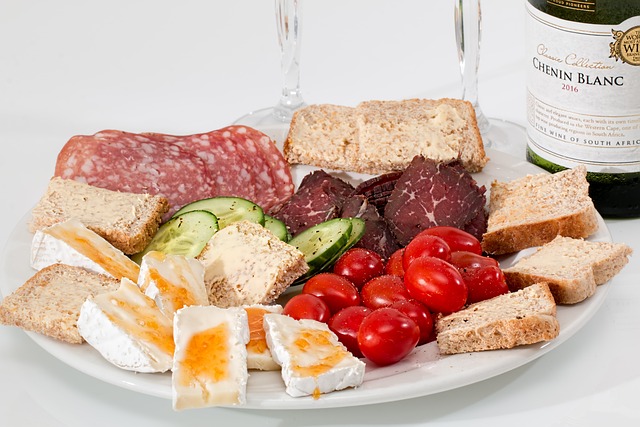
Here are some of the best high-protein foods, divided into animal-based and plant-based sources:
Animal proteins from fish, eggs, and cheese offer essential amino acids vital for tissue repair and bodily functions.
Chicken Breast
- Protein Content: About 31 grams per 100 grams.
- Benefits: Chicken breast is a lean, high-protein food. It’s low in fat and calories while providing a significant protein boost. Its versatility makes it suitable for many recipes.
- How to Use: Grill, bake, or stir-fry chicken breast for a healthy and protein-rich meal. Add it to salads, wraps, or serve it with vegetables and whole grains.
Eggs
- Protein Content: Around 6 grams per egg.
- Benefits: Eggs are a high-quality protein source, containing all nine essential amino acids. They are also rich in vitamins and minerals.
- How to Use: Enjoy eggs scrambled, boiled, poached, or as an ingredient in dishes like omelets and frittatas.
Greek Yogurt
- Protein Content: About 10 grams per 100 grams.
- Benefits: Greek yogurt has more protein than regular yogurt and includes probiotics, which support gut health.
- How to Use: Have Greek yogurt with fruits, nuts, or seeds for breakfast or a snack. It can also be used in smoothies or as a base for sauces and dressings.
Lean Beef
- Protein Content: About 26 grams per 100 grams.
- Benefits: Lean beef is a great source of protein and iron. Choose lean cuts to minimize fat intake.
- How to Use: Grill, roast, or stir-fry lean beef. It’s perfect for dishes like beef stir-fry, beef stew, or lean burgers.
Fish (e.g., Salmon, Tuna)
- Protein Content: Around 20-25 grams per 100 grams.
- Benefits: Fish like salmon and tuna are rich in protein and healthy omega-3 fatty acids, which support heart health.
- How to Use: Bake, grill, or pan-sear fish. Use it in salads, sandwiches, or as a main dish with vegetables.
Cottage Cheese
- Protein Content: About 11 grams per 100 grams.
- Benefits: Cottage cheese is high in protein and low in fat, making it ideal for muscle repair and growth.
- How to Use: Eat cottage cheese on its own, mix it with fruits or veggies, or use it in recipes like lasagna or stuffed peppers.
Plant-Based Proteins
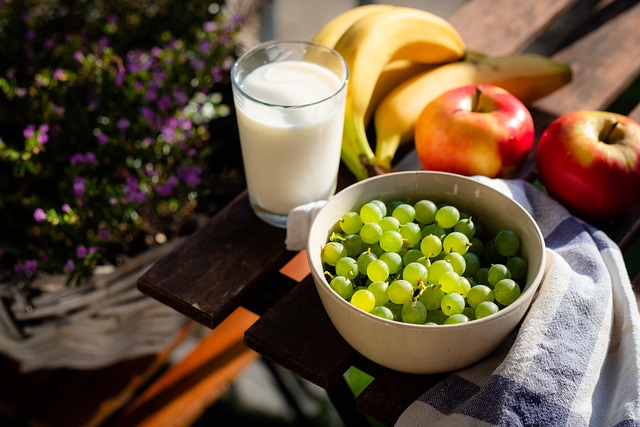
Lentils
- Protein Content: About 9 grams per 100 grams cooked.
- Benefits: Lentils are a great source of plant-based protein and are high in fiber, which aids digestion.
- How to Use: Add lentils to soups, stews, or salads. They can also be used as a meat substitute in dishes like lentil burgers.
Chickpeas
- Protein Content: Around 8.9 grams per 100 grams cooked.
- Benefits: Chickpeas are versatile and high in protein, fiber, and essential minerals.
- How to Use: Use chickpeas in salads, stews, or blend them into hummus. They’re also great roasted as a crunchy snack.
Quinoa
- Protein Content: About 8 grams per 100 grams cooked.
- Benefits: Quinoa is a complete protein, containing all nine essential amino acids. It’s also high in fiber and various vitamins.
- How to Use: Cook quinoa as a side dish, add it to salads, or use it as a base for bowls with vegetables and proteins.
Tofu
- Protein Content: About 8 grams per 100 grams.
- Benefits: Tofu is made from soybeans and is a flexible ingredient that takes on the flavor of whatever it’s cooked with.
- How to Use: Stir-fry tofu with vegetables, add it to soups, or use it in smoothies. Tofu can also be marinated and grilled.
Edamame
- Protein Content: Around 11 grams per 100 grams.
- Benefits: Edamame are young soybeans that are high in protein and provide various vitamins and minerals.
- How to Use: Snack on steamed edamame, add it to salads, or use it as a protein boost in stir-fries.
Hemp Seeds
- Protein Content: About 33 grams per 100 grams.
- Benefits: Hemp seeds are a complete protein and are rich in healthy fats and minerals.
- How to Use: Sprinkle hemp seeds on salads, add them to smoothies, or use them in baking for a protein boost.
How to Add High-Protein Foods to Your Diet
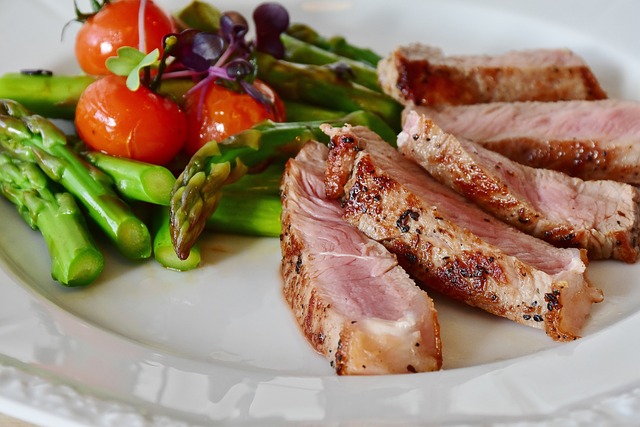
Here’s how you can easily include more high-protein foods in your daily meals:
Start Your Day with Protein
- Idea: Try Greek yogurt with fruit and nuts, or scrambled eggs with veggies.
- Benefit: A protein-rich breakfast keeps you full and energized throughout the morning.
Snack Smart
- Idea: Opt for snacks like cottage cheese with fruit, almonds, or edamame.
- Benefit: These snacks are filling and help maintain your protein levels throughout the day.
Protein-Rich Lunches
- Idea: Include lean meats, tofu, or legumes in your lunch, such as chicken salads or quinoa bowls.
- Benefit: Protein-rich lunches help keep you satisfied and provide energy for the rest of your day.
Boost Your Dinner
- Idea: Add fish, lean beef, or plant-based proteins to your dinner.
- Benefit: A protein-packed dinner supports muscle repair and helps with overnight recovery.
Prepare Protein Snacks
- Idea: Make protein bars or roast chickpeas for a convenient snack.
- Benefit: Having protein snacks ready can help you meet your daily protein needs without extra effort.
Try New Recipes
- Idea: Experiment with dishes like lentil pasta sauces, tofu stir-fries, or hemp seed smoothies.
- Benefit: Trying new recipes keeps your meals interesting and helps you get a variety of nutrients.
Balancing Your Protein Intake
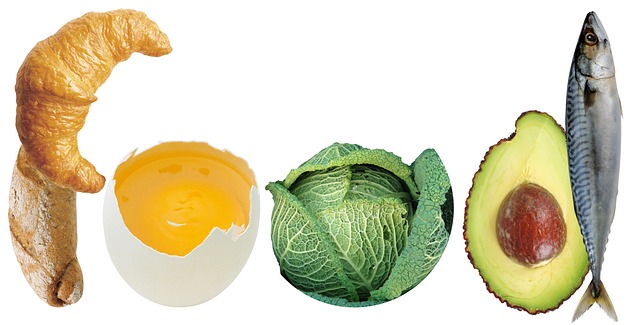
While protein is important, balancing your intake is crucial. Here’s how to do it:
Monitor Your Intake
- Tip: Track your protein consumption, aiming for about 0.8 grams of protein per kilogram of body weight per day, adjusted for activity level and health goals.
Mix Protein Sources
- Tip: Combine animal and plant-based proteins to get a full range of amino acids and nutrients.
Stay Hydrated
- Tipp: Drink plenty of water to help your kidneys process and eliminate waste products from a high-protein diet.
Balance with Other Nutrients
- Tip: Ensure your diet includes carbohydrates, fats, vitamins, and minerals for overall health and wellness.
Conclusion
Boosting your protein intake can support muscle growth, weight management, and overall health. By including a variety of high-protein foods in your diet, whether they come from animal or plant sources, you can meet your protein needs and enjoy a diverse range of meals. Just remember to balance your protein intake with other nutrients for a healthy, well-rounded diet.











